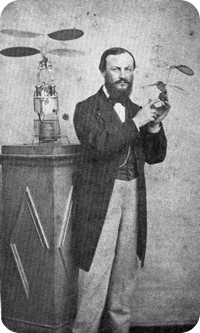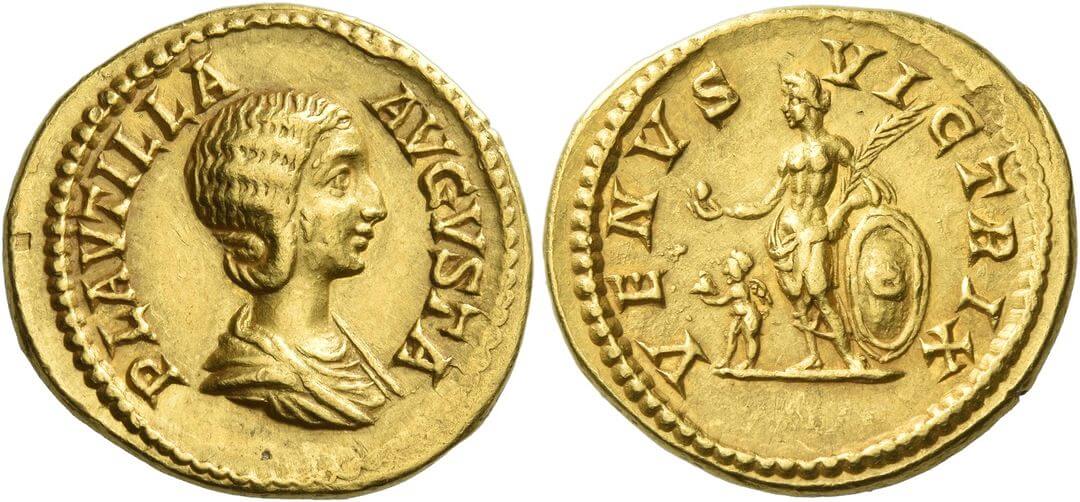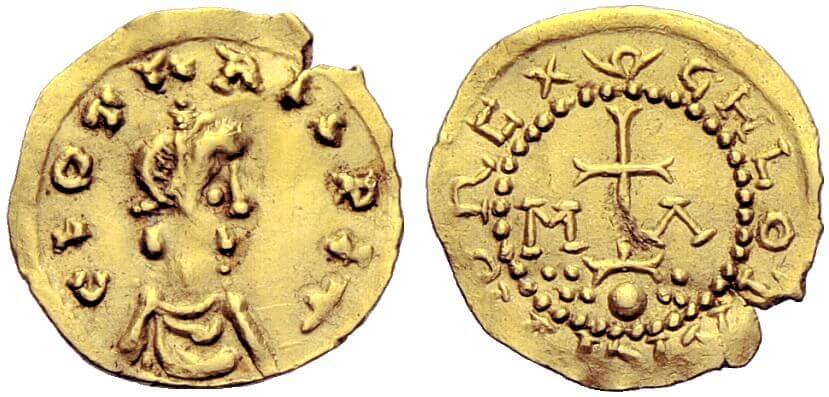Ponton D’Amécourt, Gustave (1825-1888)
By Hadrien Rambach
Viscount Ponton d’Amécourt founded and became president of the Société française de numismatique et d’archéologie in 1865, and his coin collection was exhibited (and widely admired) at the Trocadéro during the Paris Universal Exhibition of 1878. Born in Paris, he became mayor of Trilport (Seine-et-Marne). As an archaeologist, he published numerous studies on Merovingian coins. But he was also an inventor, creating the word “hélicoptère” and developing a prototype in the early 1860s, which inspired the novelist Jules Verne. This ancestor of modern helicopters could only ascend 2 or 3 meters, but it became well-known thanks to a photograph by Ponton d’Amécourt’s friend, the famous Félix Nadar, and the French stamp of 2006 that reproduced it.
He must not be confused with his first-cousin, Baron Louis-René de Ponton d’Amécourt (b. 1843), who also collected Roman and French coins.
By 1857 G. Ponton d’Amécourt had acquired a hoard of Carolingian coins, which still forms the core of the collection in the Cabinet des Médailles in Paris, where his 1,131 Merovingian coins are preserved – after their purchase in 1889 for 180,000 Francs. Some more of his Merovingian coins were sold at auction in 800 lots by Rollin & Feuardent in June 1890; while a group of 362 lots of Celtic, Merovingian, Carolingian and Capetian coins had already been auctioned by them in June 1886.

1887 verkaufte Ponton d’Amécourt seine Sammlung römischer und byzantinischer Goldmünzen bei Rollin & Feuardent. Die Auktion wurde als „Jahrhundert-Auktion“ angepriesen.
Ponton d’Amécourt had the opportunity to buy part of a hoard of aurei found in France, 30 of the c. 210 coins found in Lentilly (Tiberius to Nero), coins which he published himself in the Annuaire de la Société Française de Numismatique, vol. 2 (1867), p. 345. His collection of Roman and Byzantine gold coins was sold by Rollin & Feuardent at auction in April 1887, the expert writing that “ce sera la vente la plus importante du siècle; une semblable réunion ne se retrouvera probablement jamais”. It fetched 366,382 francs for 1009 lots. Another auction of Ponton d’Amécourt coins, 320 lesser coins, had taken place in March 1887 with Hoffmann as expert. The sale of April 1887 also remains memorable for the spirit in which it took place: though it happened nearly two decades after the Franco-Prussian war, a contemporary witness testified that “Some pearls of the collection were pre-empted by the Bibliothèque nationale, and in those cases the public […] burst into excited clapping, since the disappointed underbidder was a German, [the coin dealer Leo] Hamburger of Frankfurt”.
Bibliography:
- Francesco and Ercole Gnecchi, Guide numismatica universale, 4th edition, Milan 1903, p. 160; Michèle Bardon, Un précurseur oublié : Gustave de Ponton d’Amécourt, Trilport 1983; Claude Brenot, “Aux origines d’une amitié : Ponton d’Amécourt et Belfort”, in Monnaies et trésors en pays dunois. Journées de la Société Française de Numismatique, Châteaudun 1986, pp. 93-95; François Planet, “Trésor de Lentilly, Rhône (1866)”, in Bulletin des musées et monuments lyonnais (1992), pp. 19-31; John Spring, Ancient Coins Auction Catalogues 1880-1980, London 2009, 218-220.
- Hadrien Rambach, “Provenance glossary”, in Numismatica Ars Classica, Auction 91: the George W. La Borde collection of Roman aurei – part I, Zurich, 23 May 2016, pp. [67]-[79].
- Hadrien Rambach, “Provenance glossary”, in Numismatica Ars Classica, Auction 99: the George W. La Borde collection of Roman aurei – part II, Zurich, 29 May 2017, pp. 47-63.
- Hadrien Rambach, “Provenance glossary”, in Numismatica Ars Classica, Auction 105: the George W. La Borde collection of Roman aurei – part III, Zurich, 9 May 2018, pp. 82-105.
This article was first published in a catalogue of auction house Numismatica Ars Classica.









